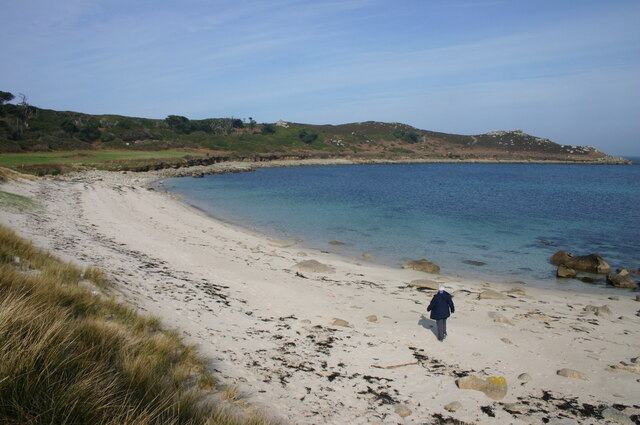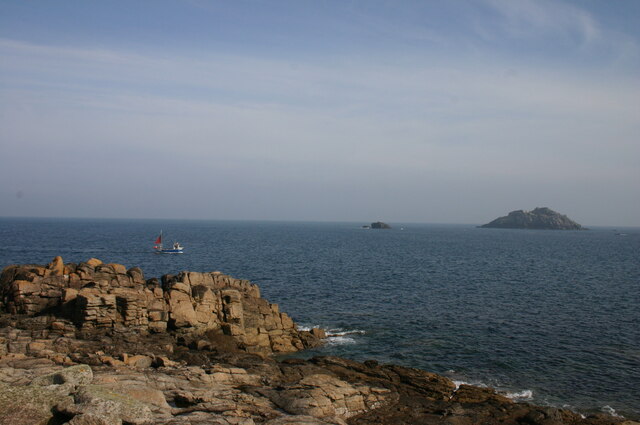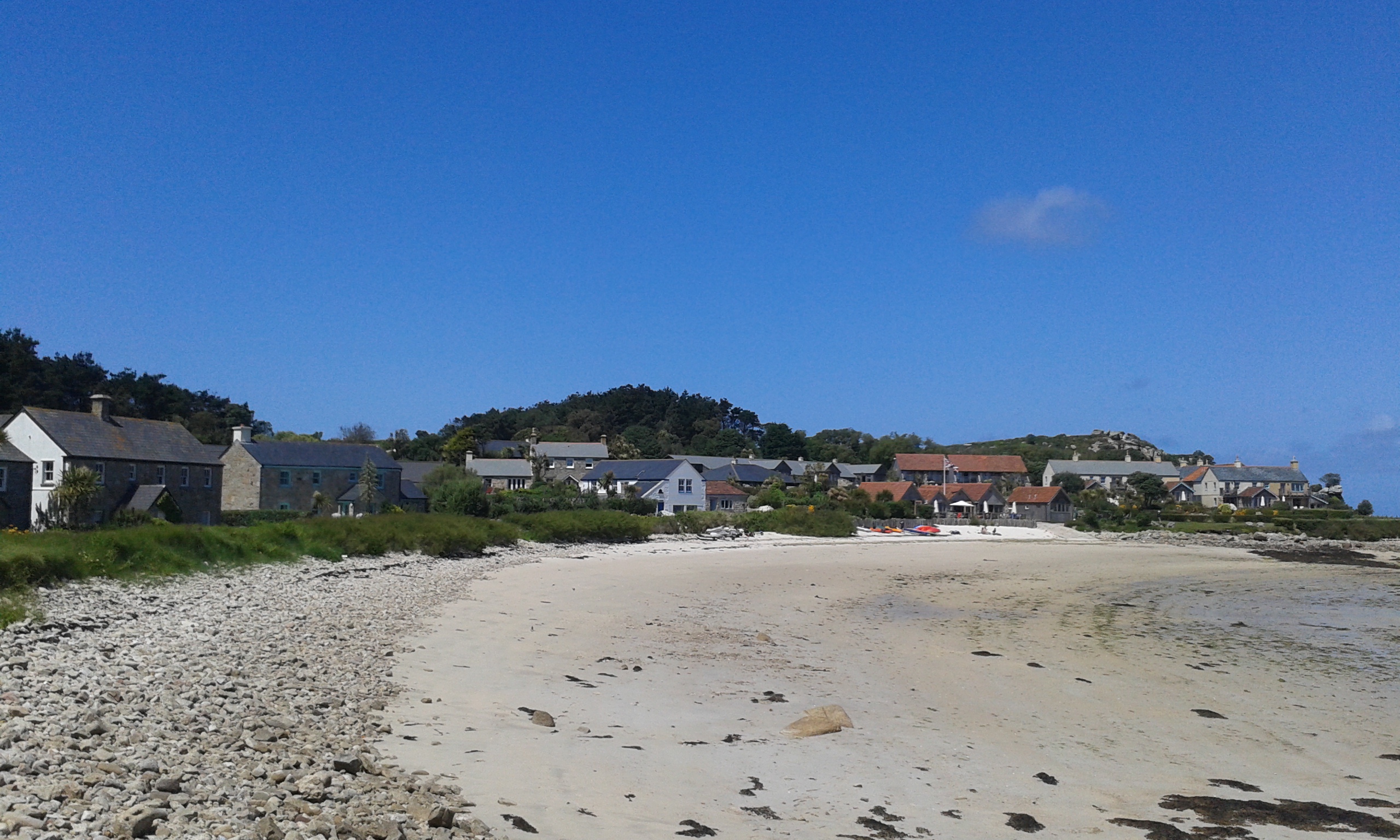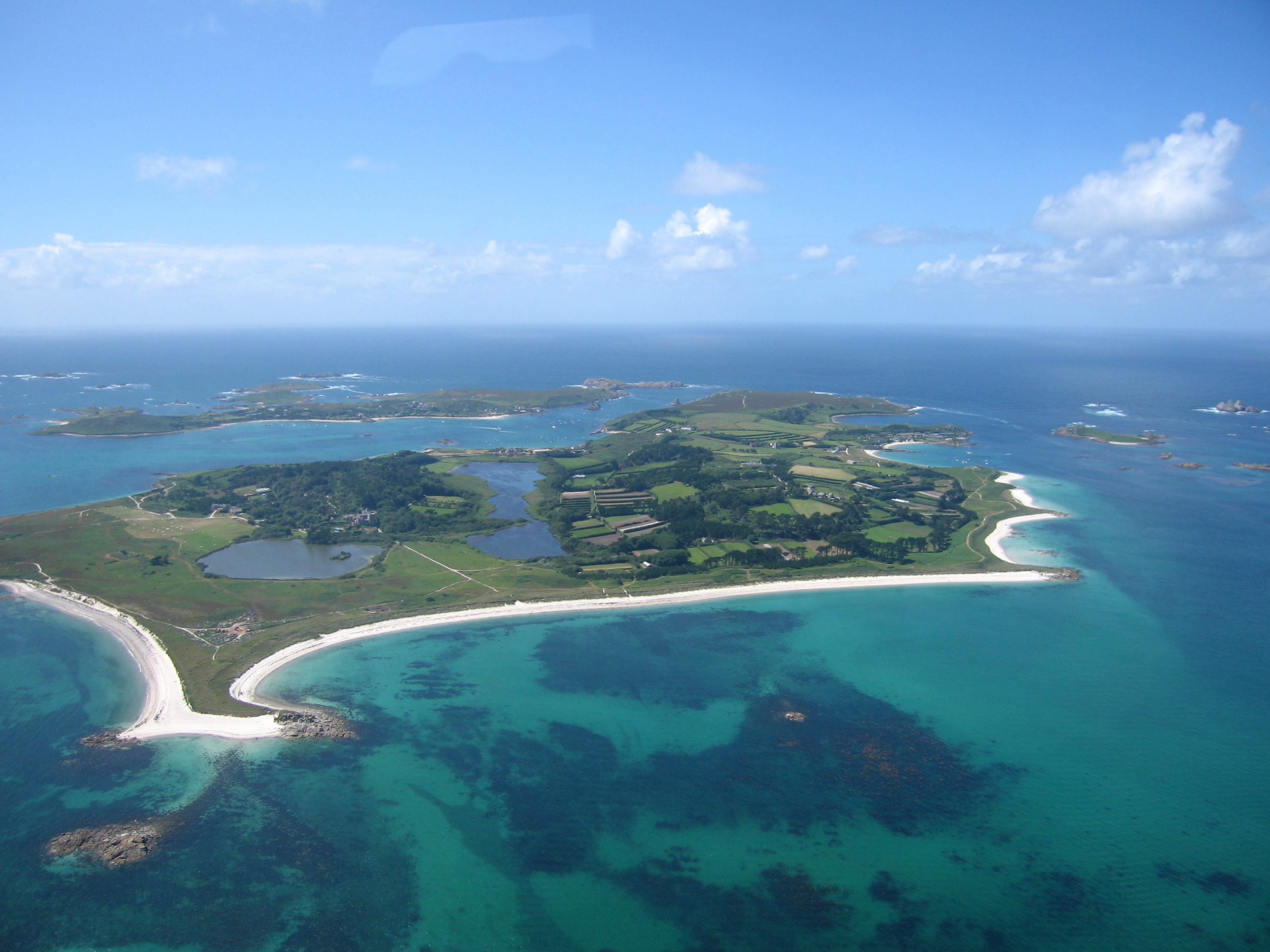Long Point
Coastal Feature, Headland, Point in Cornwall
England
Long Point

Long Point is a prominent coastal feature located in Cornwall, England. This headland juts out into the Atlantic Ocean, forming a distinctive point that extends into the sea. It is known for its picturesque beauty and is a popular destination for locals and tourists alike.
Standing tall and majestic, Long Point is characterized by its rugged cliffs, which are composed of sedimentary rock formations. The cliffs provide a stunning backdrop against the deep blue waters of the ocean. They are also home to a variety of seabirds, making it a haven for birdwatchers.
Long Point offers spectacular views of the surrounding coastline, including sweeping vistas of the ocean and nearby beaches. On a clear day, visitors can see as far as the Isles of Scilly to the southwest. The point serves as a vantage point for stunning sunsets, attracting photographers and nature enthusiasts.
The area around Long Point is also rich in history. It is believed to have been inhabited since ancient times and has witnessed various human activities throughout the centuries. The remnants of old settlements and structures can still be found, providing a glimpse into Cornwall's past.
For those seeking outdoor adventures, Long Point is a paradise. It offers opportunities for hiking, rock climbing, and coastal walks. There are well-maintained trails that lead visitors along the cliffs, providing breathtaking views and a chance to explore the diverse flora and fauna of the region.
In summary, Long Point is a captivating headland on the Cornwall coast. With its dramatic cliffs, panoramic views, and rich history, it is a must-visit destination for anyone seeking natural beauty and outdoor activities.
If you have any feedback on the listing, please let us know in the comments section below.
Long Point Images
Images are sourced within 2km of 49.961589/-6.3310078 or Grid Reference SV8915. Thanks to Geograph Open Source API. All images are credited.













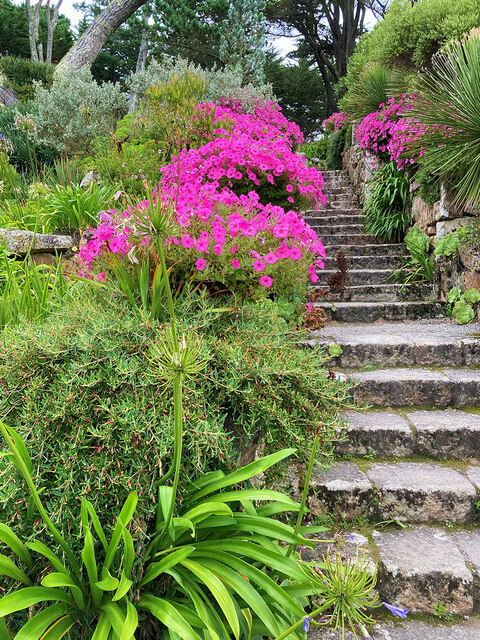
Long Point is located at Grid Ref: SV8915 (Lat: 49.961589, Lng: -6.3310078)
Division: Isles of Scilly
Unitary Authority: Isles of Scilly
Police Authority: Devon and Cornwall
What 3 Words
///archives.laughs.sedative. Near Tresco, Isles of Scilly
Nearby Locations
Related Wikis
Old Grimsby
Old Grimsby (Cornish: Enysgrymm Goth) is a coastal settlement on the island of Tresco in the Isles of Scilly, England. It is located on the east side of...
Old Blockhouse
The Old Blockhouse, also known as the Dover Fort, is a 16th-century fortification on the island of Tresco in the Isles of Scilly. It was built between...
St Nicholas's Church, Tresco
St Nicholas's Church, Tresco, is a parish church in the Church of England located in Tresco, Isles of Scilly, UK. == History == Originally two old cottages...
Tresco, Isles of Scilly
Tresco (Cornish: Enys Skaw, lit. 'island of elder-trees') is the second-biggest island of the Isles of Scilly. It is 297 ha (1.15 sq mi) in area, measuring...
New Grimsby
New Grimsby (Cornish: Enysgrymm Nowyth) is a coastal settlement on the island of Tresco in the Isles of Scilly, England. It is located on the west side...
Castle Down
Castle Down is a windswept plateau of maritime heath in the northern part of the island of Tresco, Isles of Scilly. The area has a number of designations...
RNAS Tresco
RNAS Tresco was a Royal Naval Air Service base on Tresco, the second largest island in the Isles of Scilly. From February 1917 to May 1919 aircraft patrolled...
Piper's Hole
Piper's Hole is a sea cave located on Tresco, an island of the Isles of Scilly. The name Piper's Hole can also refer to another, more minor, sea cave in...
Nearby Amenities
Located within 500m of 49.961589,-6.3310078Have you been to Long Point?
Leave your review of Long Point below (or comments, questions and feedback).
